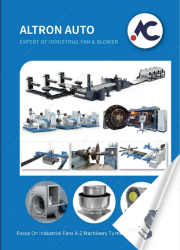2024 Latest Industrial Centrifugal Fans Housing Welding Machine
Delve into the world of industrial centrifugal fan housing welding with ALTRON. Explore how automation and robotics are revolutionizing welding processes, enhancing efficiency and precision. Learn about ALTRON’s expertise in material selection, ensuring fan housings meet stringent durability and corrosion resistance standards.
Introduction to Industrial Centrifugal Fans Housing Welding Machines
1.1 Overview of centrifugal fans and their importance in industrial settings
Centrifugal fans are vital components in various industrial applications, serving to move air or gases through a system efficiently. These fans find application in HVAC systems, ventilation systems, air purification units, and industrial processes such as drying, cooling, and exhaust. Their functionality is crucial for maintaining optimal working conditions in factories, warehouses, and other industrial facilities.
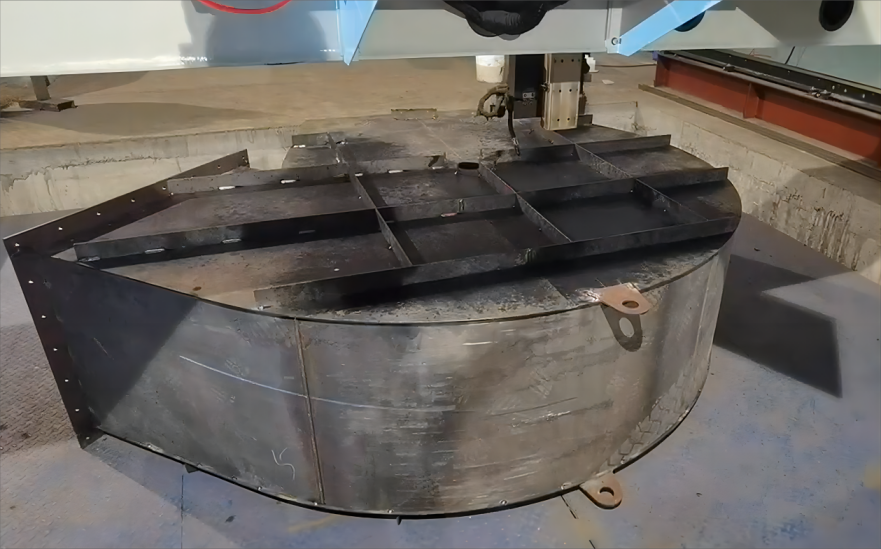
1.2 Introduction to housing welding machines and their role in fan production
Industrial centrifugal fan housings serve as the enclosures that house the fan impellers and direct the airflow. Welding machines play a pivotal role in the fabrication of these housings, ensuring they are robust, leak-proof, and able to withstand the rigors of industrial operations. The welding process is essential for joining various components of the housing together securely, providing structural integrity and durability.
1.3 Importance of precise welding in ensuring fan efficiency and durability
The quality of welding directly impacts the performance and longevity of centrifugal fan housings. Precise welding techniques ensure tight seals and smooth joints, preventing air leakage and inefficiencies in the fan’s operation. Moreover, durable welds enhance the structural integrity of the housing, reducing the likelihood of premature failures and maintenance issues.
Types of Industrial Centrifugal Fans Housing Welding Machines
2.1 Overview of different types of welding machines used in manufacturing centrifugal fan housings
Manufacturers utilize various types of welding machines for fabricating centrifugal fan housings, each offering unique advantages and capabilities. Among the commonly employed machines are MIG (Metal Inert Gas) welders, TIG (Tungsten Inert Gas) welders, and spot welding machines. These machines differ in their welding processes, equipment requirements, and suitability for specific applications.
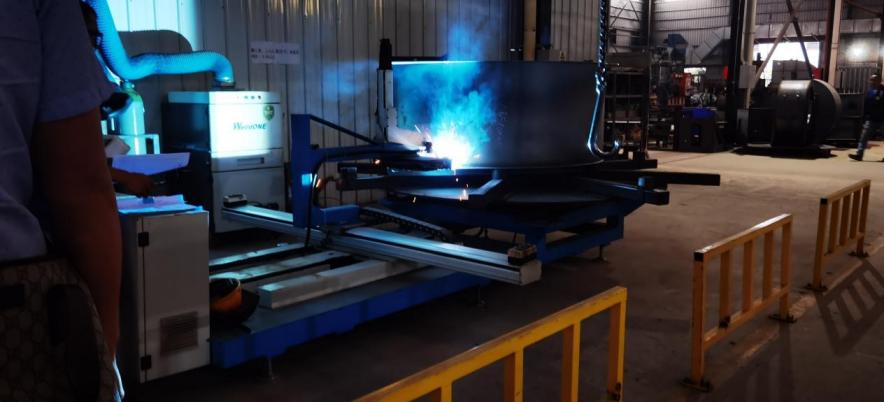
2.2 Comparison of various welding techniques such as MIG, TIG, and spot welding
MIG welding, known for its speed and versatility, involves feeding a consumable electrode wire through a welding gun, which melts to form the weld. TIG welding, on the other hand, employs a non-consumable tungsten electrode to create the weld, offering precise control over the welding process and producing high-quality welds. Spot welding involves applying pressure and heat to join metal sheets at specific points, making it ideal for fastening thin materials.
2.3 Advantages and disadvantages of each welding method in fan housing production
MIG welding offers high deposition rates and is suitable for welding thicker materials but may produce more spatter compared to TIG welding. TIG welding produces clean, aesthetically pleasing welds with minimal distortion but requires greater skill and time. Spot welding provides rapid, cost-effective joining of sheet metal components but may not be suitable for all types of fan housing designs. Manufacturers must weigh these factors when selecting the appropriate welding method for their specific requirements.
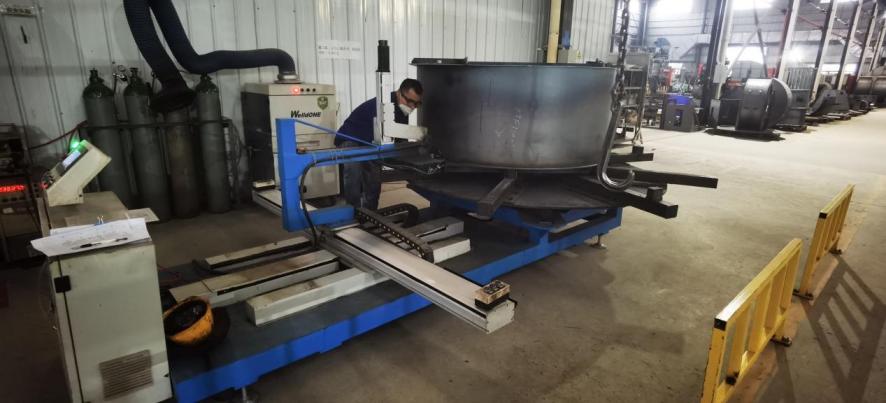
Welding Techniques for Industrial Centrifugal Fan Housings
3.1 Detailed explanation of welding techniques employed in the production of fan housings
In the fabrication of centrifugal fan housings, welders must adhere to precise techniques to ensure optimal results. This involves preparing the metal surfaces, selecting appropriate welding parameters, and executing the welds according to specified procedures. Meticulous attention to detail is crucial to achieving strong, durable welds that meet quality standards and regulatory requirements.
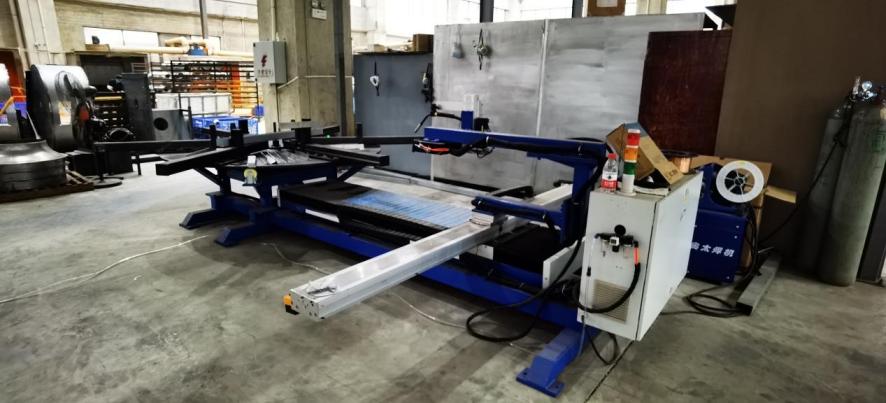
3.2 Step-by-step guide on the welding process for centrifugal fan housings
The welding process typically begins with cleaning and preparing the metal surfaces to be joined, removing any contaminants or oxidation that could affect weld quality. Next, the welder selects the appropriate welding method and adjusts the machine settings accordingly. The welding gun or torch is then positioned at the desired location, and the weld is initiated, moving systematically along the joint to create a uniform bond. Finally, the completed weld is inspected for defects and imperfections before proceeding to subsequent fabrication steps.
3.3 Tips and best practices for achieving high-quality welds in fan housing fabrication
To ensure the integrity of centrifugal fan housings, welders should adhere to best practices such as maintaining proper electrode or filler wire alignment, controlling heat input to prevent distortion, and monitoring weld quality throughout the process. Additionally, regular equipment maintenance and calibration are essential for consistent performance and reliable results. Training and certification programs can also help welders hone their skills and stay updated on industry advancements.
Quality Control in Industrial Centrifugal Fan Housing Welding
4.1 Importance of quality control measures in welding fan housings
Quality control is paramount in welding centrifugal fan housings to ensure they meet performance standards and regulatory requirements. Defective welds can compromise the structural integrity of the housing, leading to operational inefficiencies, safety hazards, and costly repairs. Implementing robust quality control measures helps identify and rectify welding defects early in the fabrication process, minimizing the risk of defects reaching the final product.
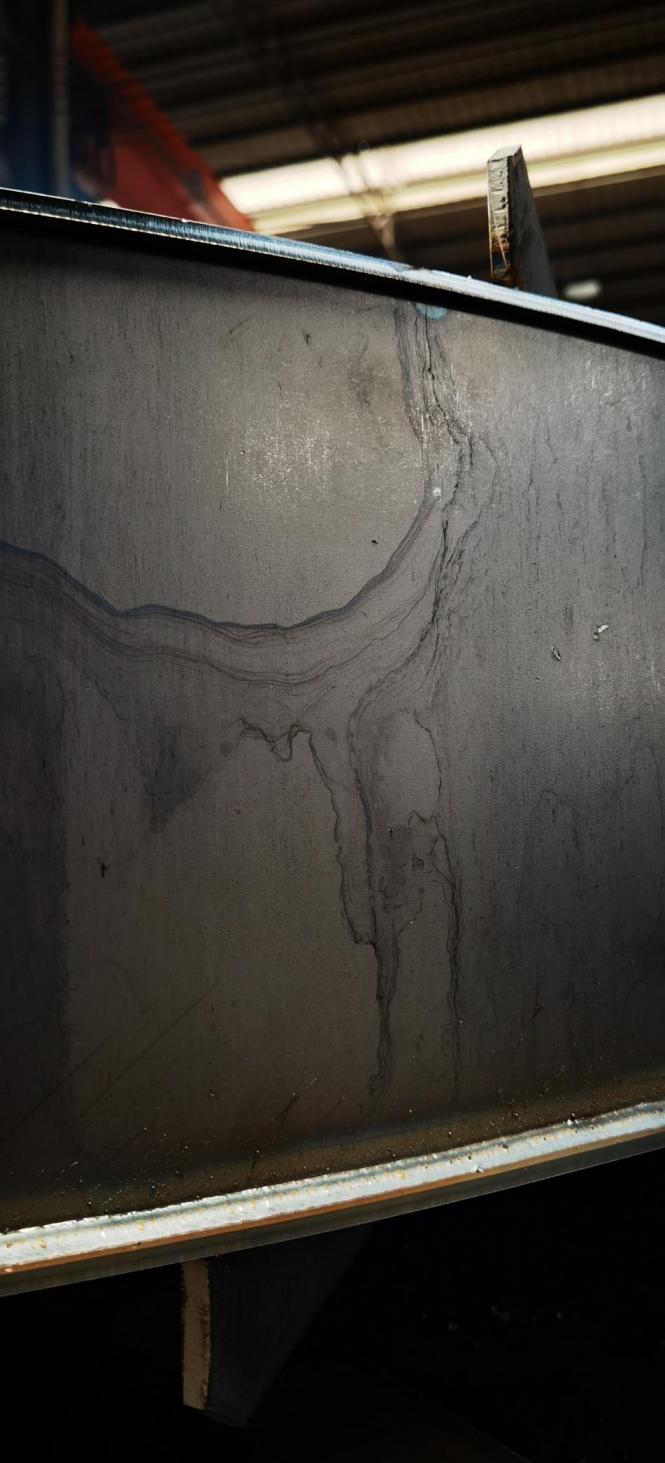
4.2 Inspection methods and standards used to ensure weld quality and structural integrity
Various inspection techniques are employed to assess the quality of welds in centrifugal fan housings, including visual inspection, ultrasonic testing, radiographic testing, and dye penetrant testing. These methods allow inspectors to detect surface defects, internal flaws, and discontinuities that may compromise weld integrity. Industry standards such as ASME Boiler and Pressure Vessel Code and AWS (American Welding Society) standards provide guidelines for weld quality assessment and acceptance criteria.
4.3 Strategies for identifying and rectifying welding defects in fan housings
In the event of welding defects or discrepancies, manufacturers must implement corrective measures to rectify the issues and ensure compliance with quality standards. This may involve rework or repair of defective welds, adjusting welding parameters to optimize performance, or conducting additional inspections to verify weld quality. By promptly addressing welding defects and implementing preventive measures, manufacturers can uphold the quality and reliability of centrifugal fan housings, contributing to safer and more efficient industrial operations.
Material Selection for Industrial Centrifugal Fan Housings
5.1 Importance of material selection in centrifugal fan housing fabrication
Material selection plays a critical role in the performance and longevity of industrial centrifugal fan housings. The chosen materials must possess properties such as durability, corrosion resistance, and thermal stability to withstand the harsh operating conditions typical in industrial settings. Additionally, material selection impacts factors such as weight, cost, and manufacturability, influencing the overall design and functionality of the fan housing.
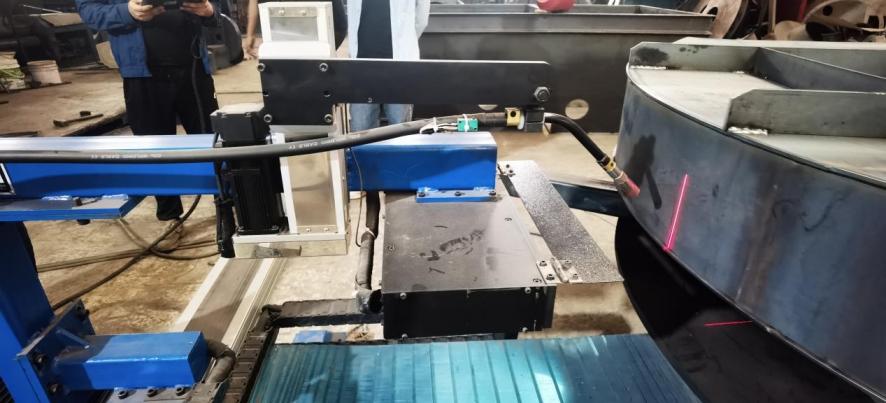
5.2 Overview of commonly used materials such as stainless steel, aluminum, and carbon steel
Stainless steel, aluminum, and carbon steel are among the most commonly used materials in the fabrication of centrifugal fan housings. Stainless steel offers excellent corrosion resistance and durability, making it ideal for applications where hygiene and cleanliness are paramount. Aluminum is lightweight yet robust, making it suitable for applications requiring high strength-to-weight ratios. Carbon steel provides strength and affordability, making it a popular choice for cost-sensitive applications.
5.3 Factors influencing material selection include durability, corrosion resistance, and cost
When selecting materials for centrifugal fan housings, manufacturers must consider various factors, including the operating environment, required performance characteristics, and budget constraints. Durability and corrosion resistance are critical considerations, particularly in industries where fan housings are exposed to harsh chemicals, high temperatures, or abrasive materials. Additionally, cost considerations play a significant role in material selection, as higher-performance materials may entail higher initial investment costs but offer long-term benefits in terms of durability and maintenance.
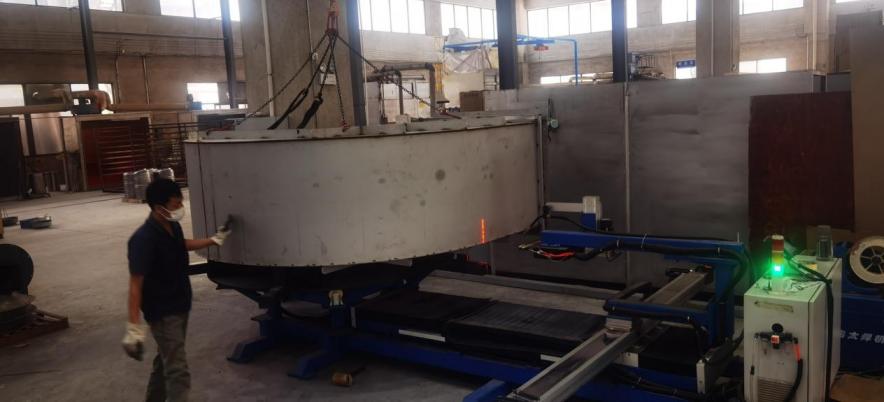
Environmental Considerations in Industrial Centrifugal Fan Housing Welding
6.1 Impact of welding processes on the environment in fan housing production
Welding processes used in fan housing production can have significant environmental impacts, including air and water pollution, energy consumption, and waste generation. Traditional welding methods such as arc welding and gas metal arc welding (GMAW) produce emissions such as fumes, gases, and particulate matter, contributing to air pollution and potentially posing health risks to workers and surrounding communities.
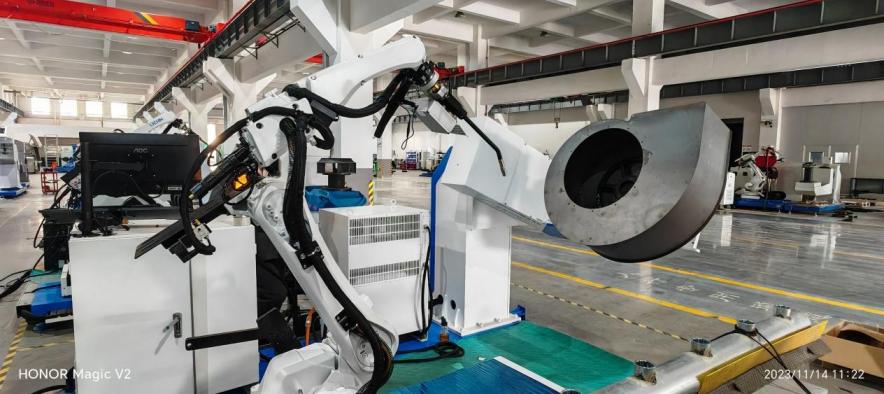
6.2 Overview of environmentally friendly welding techniques and materials
To mitigate the environmental impact of fan housing welding operations, manufacturers are increasingly adopting environmentally friendly welding techniques and materials. Advanced processes such as laser welding and electron beam welding produce minimal fumes and emissions, reducing air pollution and improving workplace safety. Additionally, utilizing recyclable materials and implementing waste reduction strategies can further minimize the environmental footprint of fan housing production.
6.3 Strategies for minimizing environmental footprint in fan housing welding operations
Manufacturers can implement various strategies to minimize the environmental footprint of fan housing welding operations. This includes optimizing welding parameters to reduce energy consumption, implementing efficient ventilation systems to capture and filter welding fumes, and recycling scrap metal and consumables. Additionally, investing in renewable energy sources such as solar or wind power can further reduce the carbon footprint of fan housing manufacturing facilities.
Future Trends in Industrial Centrifugal Fan Housing Welding
7.1 Exploration of emerging technologies and trends shaping the future of fan housing welding
Looking ahead, emerging technologies and trends are poised to transform the landscape of industrial centrifugal fan housing welding. Advancements in automation and robotics will continue to drive efficiency gains and improve weld quality, enabling manufacturers to meet growing demand while maintaining competitive pricing. Additionally, developments in materials science and additive manufacturing techniques may offer new opportunities for lightweight, high-performance fan housing designs.
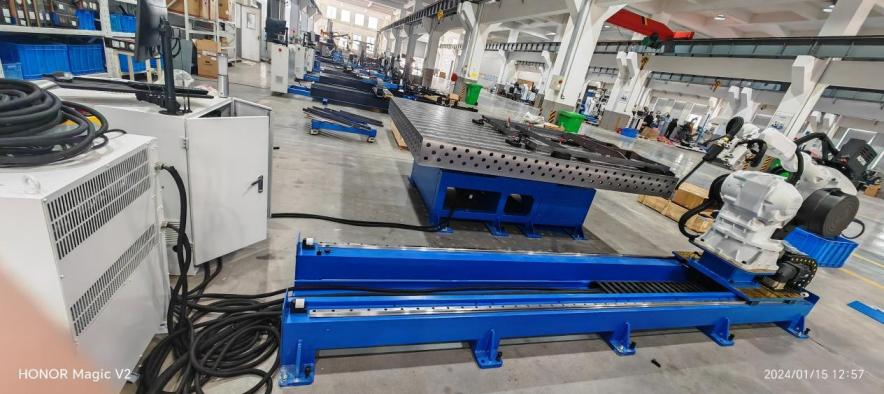
7.2 Predictions for advancements in welding techniques, materials, and automation
In the coming years, we can expect to see continued advancements in welding techniques, materials, and automation technologies. Innovations such as friction stir welding and ultrasonic welding may offer alternative approaches to traditional welding methods, providing greater flexibility and efficiency in fan housing fabrication. Furthermore, the development of advanced composite materials and alloys could revolutionize the performance and durability of centrifugal fan housings, enabling them to withstand even more demanding operating conditions.
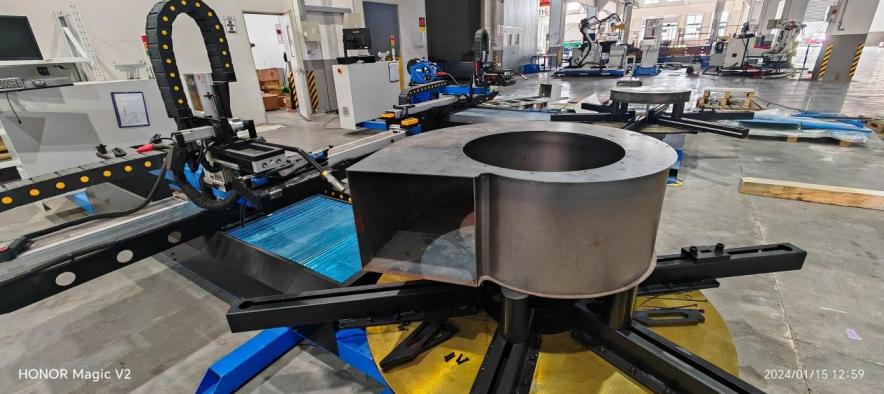
7.3 Implications of future trends on the efficiency, quality, and sustainability of fan housing manufacturing
The adoption of emerging technologies and trends in fan housing welding will have far-reaching implications for the efficiency, quality, and sustainability of manufacturing processes. By embracing automation and robotics, manufacturers can enhance production efficiency, improve product quality, and reduce environmental impact. Moreover, advancements in materials and welding techniques will enable the development of fan housings that offer superior performance, durability, and longevity, ensuring the continued success and competitiveness of industrial centrifugal fan systems in diverse applications.
Conclusion
Industrial centrifugal fan housings play a crucial role in various industrial applications, and the welding process is integral to their fabrication. By employing appropriate welding techniques, adhering to quality control measures, and implementing corrective actions when necessary, manufacturers can produce fan housings that meet performance requirements and ensure long-term reliability. As technology advances and industry standards evolve, continuous improvement in welding practices will be essential for enhancing the efficiency and durability of centrifugal fan systems.

